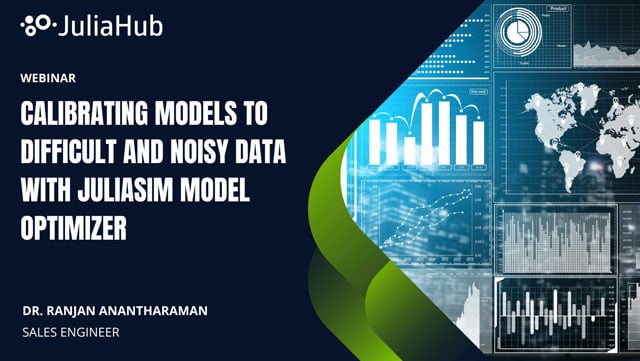On-Demand Webinar
The outputs of a model cannot be interpreted as true probabilities without calibration. This requires you to de-noise the data and set up an optimization routine. Learn how you can focus on modeling and interpretation while leaving the details of model calibration to an automated system. In this webinar, Ranjan Anantharam will share how to leverage the model calibration and parameter estimation algorithms in JuliaSim Model Optimizer to perform noise-robust model calibration.
Attendees will learn:
-
Inverse problems and how to specify them
-
Model calibration algorithms and when to choose them
-
How to import/specify models into JuliaSim
Speakers

Ranjan Anantharam
Sales Engineer

